The workout that is safe for all ages!


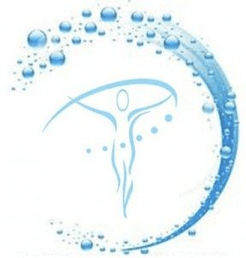
The sun is blazing, the heat is unbearable, and we are constantly drenched in sweat. Exercising in this climate might not be the safe choice, but you also don’t want to stop exercising altogether. So, what is a suitable way to keep moving in the heat?
Swimming is certainly a great way to exercise, as it cools you down and keeps you fit. But what about those who can’t swim?
The answer might surprise you— even if you can’t swim, you can still workout in the water, which offers numerous benefits. This is especially true for middle-aged and elderly people with joint pain who find it difficult to bear weight with land-based exercises. Working out in water is safer and can be even more effective for this demographic.

Author / Connie & Lauren
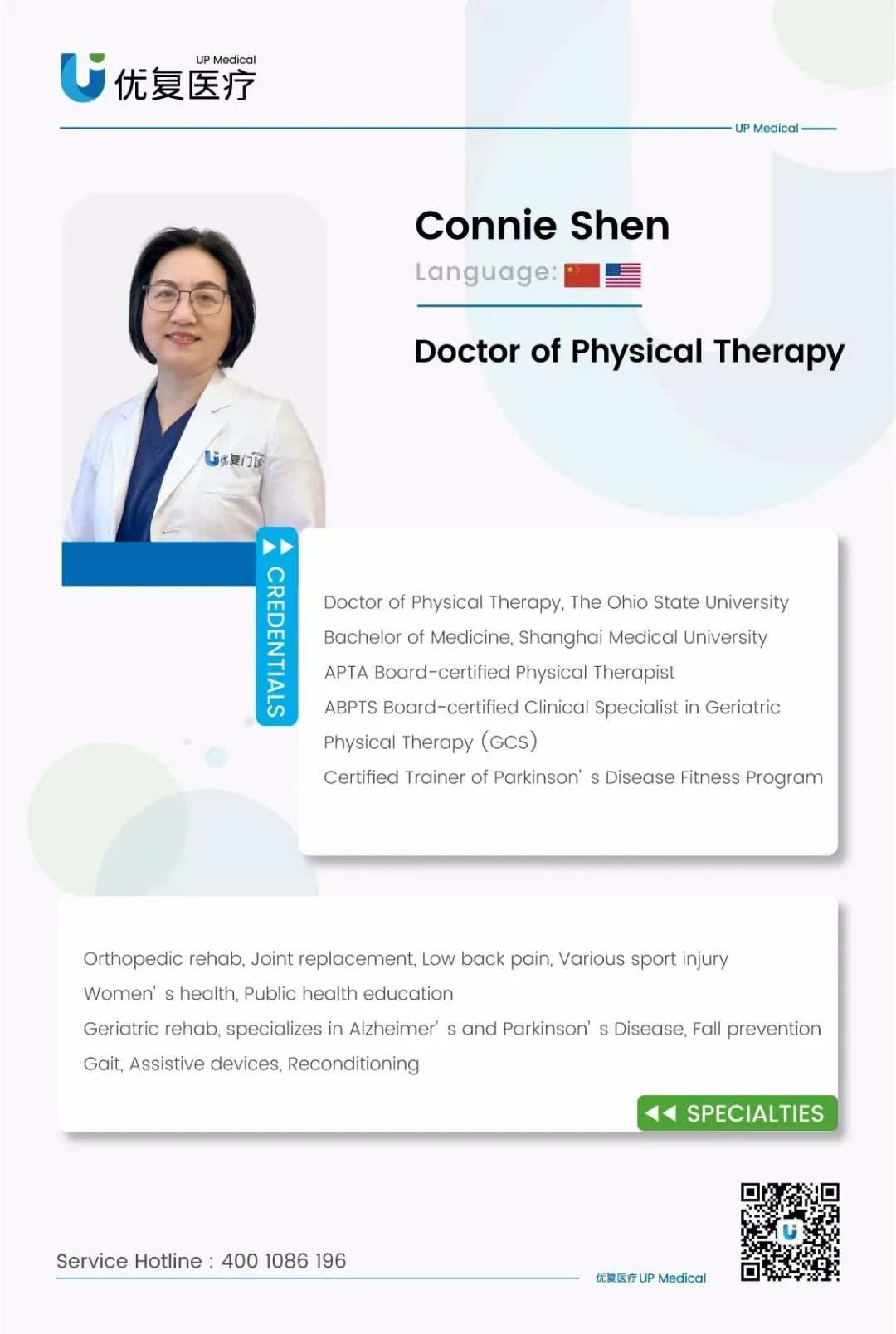
UP Medical
The natural properties of water help create an ideal exercise environment due to:
1.Buoyancy: The buoyancy of water supports most of the body’s weight, which reduces pressure on the joints and bones. This makes aquatic exercise ideal for reducing injury risk, especially for rehabilitation and older adults.
2.Water Resistance: Water has greater resistance compared to air. When you exercise in water, the resistance against your body is higher than it would be in air. This resistance helps to build muscle strength and endurance as the body has to work harder to overcome it.
3.Temperature Regulation: Water has high thermal conductivity and can help regulate body temperature. Exercising in warm water helps maintain body temperature stability and prevent overheating. In cooler water, it helps to maintain body warmth.
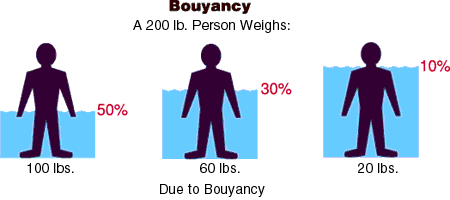
4.Full-Body Exercise: Aquatic exercise typically involves the coordination of various body parts, enhancing overall coordination and flexibility. With water’s support, the body can perform a wide range of movements more freely, improving overall muscle group engagement.
5.Reduced Impact: Due to water’s buoyancy, the impact on the ground is significantly reduced. This low-impact nature makes aquatic exercise suitable for individuals with injuries or chronic pain, as it minimizes pressure on joints and muscles.
6.Stability in Water: Water’s stability helps improve body balance and posture. Exercising in water requires maintaining stability in a constantly changing environment, which strengthens the core muscles and overall stability.
7.Self-Regulation: Aquatic exercise can be adjusted according to individual capabilities. By changing the speed, intensity, or water depth, you can flexibly adjust the exercise intensity to fit different fitness levels and needs.
8.Even Load Distribution: The load with water-based exercises is more evenly distributed, reducing the risk of overusing specific muscles and minimizing the chance of injury. The stress on muscle groups is spread out, lowering the risk of localized muscle strain.
Through these principles, water exercise— also called aquatic exercise, is suitable for various fitness needs and physical conditions. It offers numerous physical and mental health benefits such as
• Low Impact on Joints
• Improved Cardiovascular Health
• Increased Flexibility Enhanced
• Improved Balance and Coordination
• Muscle Strength and Endurance
• Stress Relief
• Social Interaction
And you can workout in a cool and comfortable environment!
Common aquatic exercises include water walking, water jogging, water aerobics, and strength training in the water. These activities effectively utilize the “properties of water”—such as water pressure, buoyancy, water temperature, and resistance. Sometimes, additional equipment can be used to better leverage these properties, allowing exercisers to gradually recover, maintain, and enhance muscle strength that is otherwise weakened from lack of use, all while in a relaxed stage.



Initially, professional guidance may be needed to overcome fear of water and learn some aquatic exercises, especially for those who are more susceptible to risk.
Considerations and Limitations
1.Facility Requirements: Aquatic physical therapy requires access to a pool or specialized water environment. Facilities must be equipped to handle therapeutic needs and ensure water quality and safety.
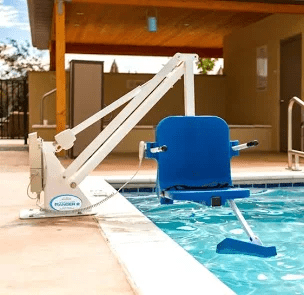
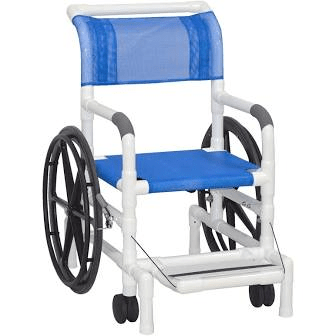
2.Individual Assessments: Not all patients may be suitable for aquatic therapy. A thorough assessment is needed to determine if aquatic therapy is appropriate for an individual’s condition. Seeing a physical therapist can not only offer guidance on options, but also what type of activities can be performed that are unique to support the individuals goals, as well as keep them safe.
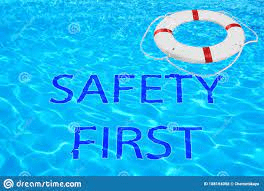
Exploring Aquatic Physical Therapy
Aquatic physical therapy,also known as water-based therapy, is a specialized form of physical therapy that takes place in a pool or other water environment. It leverages the unique properties of water to assist in the rehabilitation and recovery of individuals with various physical conditions. The properties of water allow therapists to tailor exercises to individual needs, adjusting the depth and temperature of the water, as well as the resistance levels. This customization helps address specific therapeutic goals and needs.

For those recovering from injury or surgery, aquatic exercise can be a gentle way to regain strength and mobility. The water’s buoyancy helps reduce the stress on healing tissues. After regaining some basic muscle strength in the water, individuals can transition to land-based exercises.

The Arthritis Foundation in the United States has specifically highlighted Aquatic Therapy as a crucial component of rehabilitation for individuals with arthritis and related conditions. This recognition is based on extensive research and the therapeutic benefits that aquatic exercises offer to patients suffering from joint pain and stiffness.
Ai Chi is a form of aquatic therapy that combines slow, controlled movements with deep breathing exercises. It is designed to promote relaxation, improve balance, enhance muscle strength, and increase flexibility. Ai Chi draws its principles from Tai Chi and Qigong, adapting them to the aquatic environment to take advantage of water’s natural resistance and buoyancy.
In recent years, Ai Chi has gained popularity due to its gentle yet effective approach to fitness and rehabilitation. It is often practiced in community pools, rehabilitation centers, and wellness facilities, attracting a wide range of participants, including seniors, athletes, and individuals undergoing physical therapy.
Ai Chi movement – “Freeing”

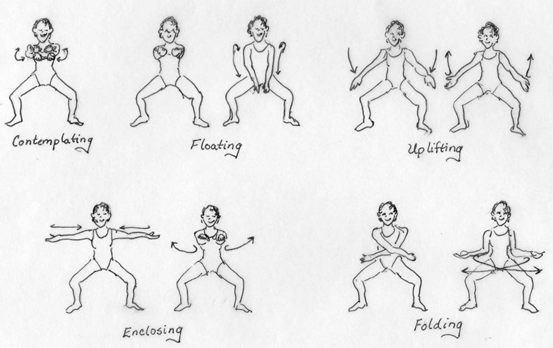
Aquatic physical therapy offers a range of benefits that can enhance rehabilitation and recovery for various physical conditions. By leveraging the properties of water, therapists can provide effective, low-impact treatments that promote healing, strength, and overall physical well-being.
As mentioned, people should consult a specialist before starting aquatic exercise, especially if they have health concerns. During the summer, it’s important to stay hydrated (the belief that you won’t get dehydrated in the pool is incorrect) and follow safety guidelines.
Special Note:
The APTA Academy of Aquatic Physical Therapy is a specialized section of the American Physical Therapy Association (APTA) that focuses on the practice, advancement, and education of aquatic physical therapy. it is promoting evidence-based practices, enhancing clinical skills, and supporting research in the aquatic therapy domain.The Academy provides educational resources, training programs, and certifications for physical therapists and other healthcare professionals interested in aquatic therapy. offering opportunities for continuing education, networking, and collaboration. This helps members stay current with the latest techniques, research, and best practices in aquatic therapy.The Academy develops and promotes standards and guidelines for the practice of aquatic therapy. These guidelines help ensure high-quality and consistent care across different settings and practices.
https://aquaticpt.org/

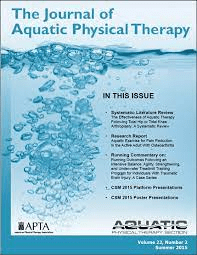


本篇文章來源于微信公衆号: 上海優複康複醫學門診部

